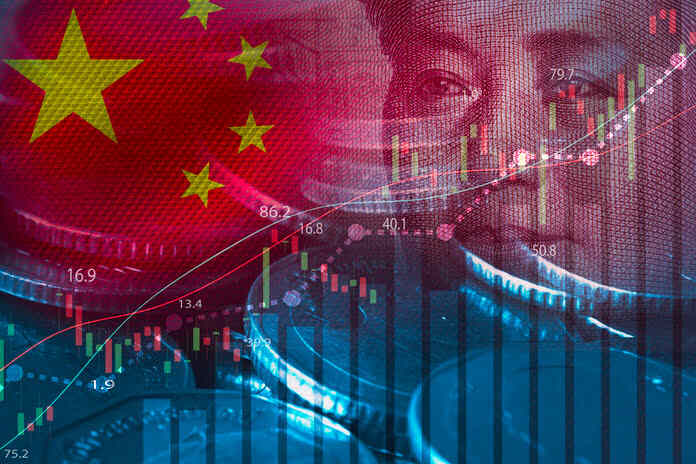In a report released on Friday, the Chinese government revealed encouraging signs of economic revival, as factories in the country accelerated their production and retail sales gained momentum in August. These developments offer hope that the economy is slowly rebounding from the post-pandemic challenges it has faced.
Despite the bustling activity observed in restaurants and stores, the data also underscored persistent weaknesses in the crucial property sector. Real estate developers continue to grapple with the burden of substantial debt in the face of subdued demand. Notably, investment in real estate witnessed an 8.8% decline in August compared to the previous year, marking a worsening trend since the beginning of the year.
In response to these challenges and to alleviate the pressure on banks, the People’s Bank of China, the central bank, announced a reduction of 0.25 percentage points in the reserve requirement for most lenders, effective immediately. This move is aimed at freeing up more capital for lending and is intended to “consolidate the foundation for economic recovery and maintain reasonable and sufficient liquidity,” as stated by the central bank.
The report for August demonstrated a 4.6% year-on-year increase in retail sales, with a notable 5.1% growth in auto sales. This marked a significant improvement compared to the modest 2.5% increase observed in July. Despite China’s relaxation of stringent COVID-19 containment measures, consumers have become more cautious about their spending habits over the past year.
Industrial output also exhibited positive growth, with a 4.5% annual pace in August, up from 3.7% in July. This was the fastest rate recorded since April, indicating a positive trend in industrial activities.
Fu Linghui, spokesperson for the National Bureau of Statistics, noted that in August, “major indicators improved marginally, the national economy recovered, high-quality development was solidly advanced, and positive factors accumulated.” However, he also cautioned that external instability and uncertainty persisted, and domestic demand remained weak, requiring further consolidation of the economic recovery.
Julian Evans-Pritchard of Capital Economics commented that the trends in August were slightly better than expected, with fiscal support boosting investment and a notable uptick in consumer spending, suggesting a potential reduction in household caution.
China’s economy expanded by 0.8% in the second quarter of 2023 compared to the previous quarter, down from 2.2% in the first quarter. This corresponds to an annual growth rate of 3.2%, which is among the slowest in decades. The nation also faces the challenge of a record-high unemployment rate among young workers, further impacting consumer spending.
The ongoing downturn in the housing market has also had widespread repercussions beyond construction and materials, impeding China’s recovery from the disruptions caused by the COVID-19 pandemic.
Following the release of these figures, share prices saw positive movement, with Hong Kong’s Hang Seng index gaining 1.7%, while the Shanghai Composite index rose by 0.3%. This development reflects a growing sense of optimism among investors who believe that Beijing’s efforts to stimulate the economy and stabilize financial markets are yielding positive results, as noted by Stephen Innes of SPI Asset Management.
Featured Image: Freepik @ diloka107









